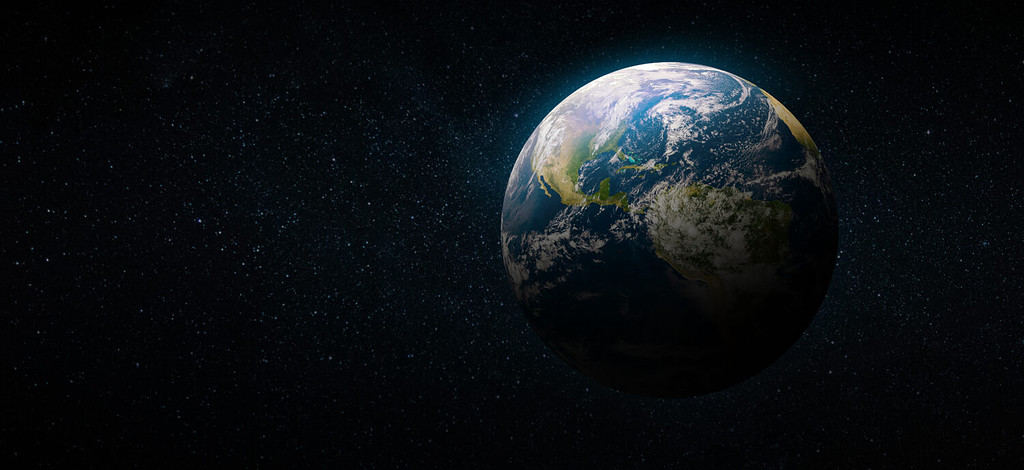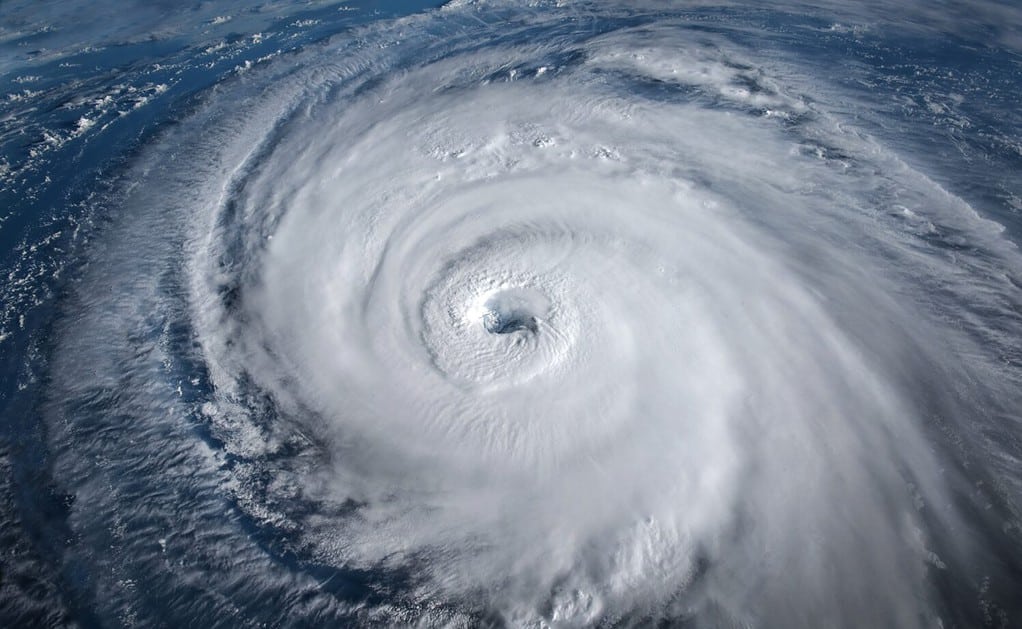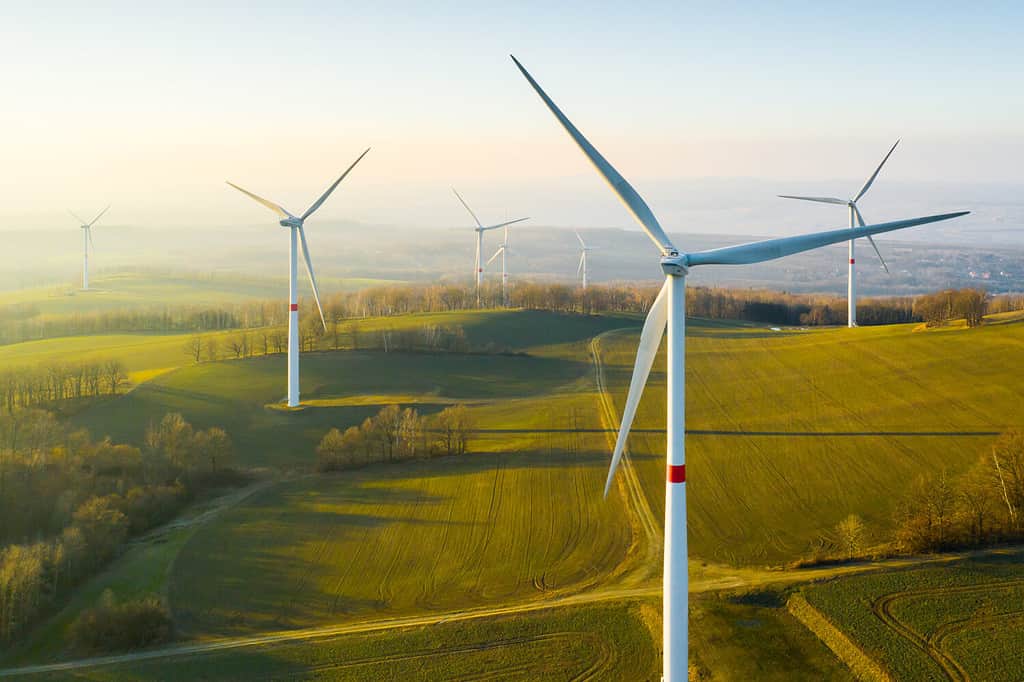The wind is an invisible force that shapes our environment and dictates atmospheric patterns. The wind direction, the direction from which it originates, is an important consideration for many. These include people from ancient seafarers who navigated uncharted waters to modern meteorologists who decipher weather forecasts. There is a profound significance of wind direction and many interconnected effects of it on various aspects of our world, from weather patterns and ecosystems to human activities and even folklore.
The Dynamics of Wind Direction
Wind direction is a cardinal piece of information that tells us the path taken by moving air masses. Weather vanes measure wind direction in degrees, clockwise from true north, allowing meteorologists and researchers to analyze atmospheric patterns with precision. Many factors influence wind direction. These include the Earth’s rotation, topography, temperature gradients, and the Coriolis effect. The Coriolis effect is the apparent deflection of air currents due to the planet’s rotation. Understanding these dynamics is essential for comprehending the larger atmospheric systems at play.
Weather Patterns and Wind Direction
Meteorology offers invaluable insights into our planet’s atmospheric systems by explaining the connection of wind direction and weather patterns. Wind direction guides meteorologists on what the Earth’s weather patterns and climatic behavior will look like. This dynamic interplay not only influences local conditions but also shapes global climate patterns and their ever-evolving dynamics.
Prevailing Winds and Global Circulation
Prevailing winds are the foundational elements of Earth’s global circulation system. These persistent air currents originate from specific directions, steer atmospheric motion, and redistribute energy around the planet. The Coriolis effect causes these winds to bend in characteristic patterns due to the Earth’s rotation. In the Northern Hemisphere, prevailing winds curve to the right, while in the Southern Hemisphere, they curve to the left.
One of the most notable examples of prevailing winds is the Trade winds. These steady easterly winds blow between the subtropical high-pressure zones and the equatorial low-pressure belt. Trade winds influence the movement of tropical weather systems, such as hurricanes and typhoons, across vast distances. Even though they are located in the Tropics, they also influence weather patterns and precipitation distribution globally.

Wind directions influence climate zones and weather patterns around the globe.
©19 STUDIO/Shutterstock.com
Climate Zones and Wind Direction
Wind direction is linked to the formation of distinct climate zones across the planet. For instance, the Westerlies play a pivotal role in temperate climates. These prevailing winds flow from west to east in the mid-latitudes. They also carry maritime air masses across continents, moderating temperatures and contributing to the mild climates found in regions like Western Europe and the Pacific Northwest of the United States.
In contrast, the polar easterlies flowing from the polar high-pressure zones to the subpolar low-pressure areas. They also have a significant impact on polar climates. These cold, dry winds influence the formation of polar ice and other climatic characteristics of high-latitude regions.
Local Wind Patterns
Wind directions also give rise to distinct local wind patterns that affect specific areas. Sea and land breezes are excellent examples of such patterns. During the day, the land heats up more quickly than the adjacent water, causing air to rise over the land and draw in cooler air from the sea. Therefore, these breezes are called sea breezes. At night, the process reverses, and the land breeze blows from the cooler land towards the warmer water. These processes create land breezes.
Mountain-valley winds are another localized phenomenon. During the day, solar heating warms the slopes of mountains more rapidly than valleys, creating an upslope wind as warm air rises. At night, the process reverses as the mountains cool more rapidly, thus resulting in a downslope wind or katabatic wind.
Extreme Weather Events and Wind Direction
Wind direction plays a crucial role in the development and trajectory of extreme weather events, such as thunderstorms, tornadoes, and tropical cyclones. Thunderstorms, for instance, thrive when warm, moist air converges with cooler, drier air. Wind direction determines the origin and movement of these air masses, impacting the formation and intensity of storms.
In tornado alley regions, where tornadoes are more common, understanding wind direction is essential for predicting potential tornado outbreaks. Meteorologists analyze wind patterns at different atmospheric levels to assess the risk of supercells. Supercells are the rotating thunderstorms that often spawn tornadoes.

Hurricanes are often created by changes in wind direction that make their formation more favorable.
©Triff/Shutterstock.com
Effect of Wind Direction on Ecosystems and Biodiversity
Wind direction, often overshadowed by more visible elements, also shapes habitats, influences migration patterns, and determines the distribution of species. This complex interplay between the movement of air and the delicate balance of nature is a fascinating exploration of how the unseen parts of the world can have a strong impact on the visible world.
Seed Dispersal and Plant Distribution
Wind serves as a formidable agent of seed dispersal. It aids plants in colonizing new territories and expanding their ranges. Many plants have evolved mechanisms to harness the power of wind to spread their seeds. Dandelions, for example, have feathery pappus attached to their seeds. This allows them to be carried by even the gentlest breeze. Similarly, trees like maples produce winged seeds called samaras, which flutter in the wind, and disperse over vast distances.
The direction of the wind can influence where these seeds eventually settle, leading to the establishment of new plant communities. Windward slopes, the side facing the prevailing wind, often receive a higher concentration of seeds compared to leeward slopes, creating distinct patterns of vegetation distribution. In this way, wind direction plays a pivotal role in shaping the composition and structure of ecosystems.
Insect and Bird Migration
Wind direction plays a critical role in animal migration. Birds, insects, and even bats leverage wind currents to navigate across vast distances during seasonal movements. Migratory birds, in particular, often rely on favorable wind directions to aid their journeys. They take advantage of tailwinds, which push them in the direction of their migration. This way, they can conserve energy and cover greater distances in shorter periods.
For example, the Arctic Tern holds the record for the longest migratory journey of any bird, covering a staggering 44,000 miles annually between its breeding grounds in the Arctic and its wintering areas in the Antarctic. Wind direction guides these impressive avian travelers on their perilous odyssey, influencing stopover locations, rest periods, and overall migration success.
Coastal and Marine Ecosystems
Coastal and marine ecosystems are particularly influenced by wind direction due to their proximity to water bodies. Winds along the coast, often driven by temperature gradients between land and sea, impact ocean currents, wave patterns, and the movement of marine life. Wind-driven upwelling, a phenomenon where surface water is displaced by cold, nutrient-rich water from the deep ocean, supports ecosystems by providing nutrients.
Furthermore, coastal habitats like mangroves and salt marshes, which play critical roles in shoreline stabilization and providing nursery grounds for various species, are also influenced by wind-driven processes. Wind direction affects sediment deposition, saltwater intrusion, and the distribution of organic matter in these ecosystems.

Wind direction influences pollination and dispersal of seeds for many plant species.
©Passenger Window/Shutterstock.com
Human Activities and Wind Direction
From ancient civilizations that harnessed wind for propulsion to modern societies who leveraged it for energy generation and transportation, the influence of wind direction on human endeavors is vast and transformative.
Historical Wind-Powered Innovations
Throughout history, wind power has been a catalyst for innovation and advancement in human societies. The earliest harnessing of wind energy can be traced back to ancient civilizations, where wind-driven ships enabled exploration, trade, and cultural exchange. The majestic sailboats of the Vikings, Phoenicians, and Polynesians were at the mercy of wind direction, determining their routes and speed across vast oceans.
In agriculture, windmills emerged as vital tools for grinding grains and pumping water. Wind direction guided the positioning of these structures, ensuring optimal wind capture for their intended functions. These mechanical marvels transformed societies by improving food production, water access, and quality of life.
Modern Wind Energy Revolution
The wind’s potential as a clean and renewable energy source has sparked a modern energy revolution. Wind turbines are strategically positioned to capitalize on prevailing wind directions. Wind farms, which consist of rows of turbines, harness kinetic energy from moving air, converting it into electricity. The orientation of turbine blades is determined by wind direction, ensuring maximum energy capture.
Wind energy has far-reaching implications for humanity’s transition to low-carbon economies. By leveraging wind power, countries can reduce reliance on fossil fuels, mitigate climate change, and secure energy independence. Using the influence of wind direction can therefore reduce greenhouse gas emissions and promote a sustainable future on a global scale.
Wind and Transportation
Wind direction significantly impacts transportation systems, both ancient and modern. Sail-powered vessels were once guided solely by the wind’s direction and were emblematic of maritime exploration and trade. Wind direction determines a ship’s speed, trajectory, and ability to navigate treacherous waters.
In modern aviation, wind plays a critical role in flight planning and navigation. Pilots consider wind direction and speed to optimize routes, reduce fuel consumption, and ensure passenger comfort. Headwinds and tailwinds influence flight durations and fuel efficiency. Wind patterns often dictate flight paths across oceans and continents.

Winds can help generate electricity through sustainable wind farms.
©Vladimka production/Shutterstock.com
Wind-Related Challenges and Adaptations
While wind offers numerous benefits, it also presents challenges that require innovative solutions. Wind-driven erosion can impact soil quality and agricultural productivity. This prompts the implementation of windbreaks and conservation measures. In regions prone to sandstorms, wind direction can dramatically affect visibility, posing risks to transportation and health.
Urban planning and architecture take wind direction into account to optimize building design and mitigate adverse effects. Wind tunnels, created by the layout of tall buildings, can amplify wind speeds and discomfort at street level. Designing cities with proper consideration of wind patterns can enhance urban comfort and reduce energy consumption required for heating and cooling.
Cultural and Folkloric Significance of Wind Direction
Wind directions have also held cultural and folkloric significance throughout human history. Various cultures have associated specific wind directions with particular meanings. For instance, in ancient Greek mythology, the four cardinal winds were personified as deities: Boreas (north wind), Zephyrus (west wind), Notus (south wind), and Eurus (east wind). In traditional Native American cultures, wind directions often held symbolic meanings tied to the seasons and natural phenomena. These cultural associations reflect the deep human connection to wind.
Effects of Changing Wind Patterns
In the era of climate change, altering wind patterns are emerging as a significant concern. Shifts in temperature gradients and atmospheric circulation can lead to changes in prevailing wind directions, influencing climate patterns and weather phenomena. Coastal areas, particularly those vulnerable to rising sea levels and extreme weather events, may experience changing wind patterns that impact storm surge and erosion dynamics. In regions where agriculture depends on consistent wind patterns for pollination, alterations in wind direction can cause disruption in these delicate ecosystems.
Changes in wind direction can also alter migration routes, impacting the availability of resources for migratory species. These shifts can lead to mismatches between the timing of migration and the availability of food, affecting reproductive success and population dynamics.
Changes in wind patterns can also influence ocean currents, affecting nutrient transport and the distribution of plankton. Since plankton forms the base of the marine food chain, disruptions in their distribution can impact higher trophic levels, potentially leading to changes in fishery yields and marine biodiversity.
Thank you for reading! Have some feedback for us? Contact the AZ Animals editorial team.








